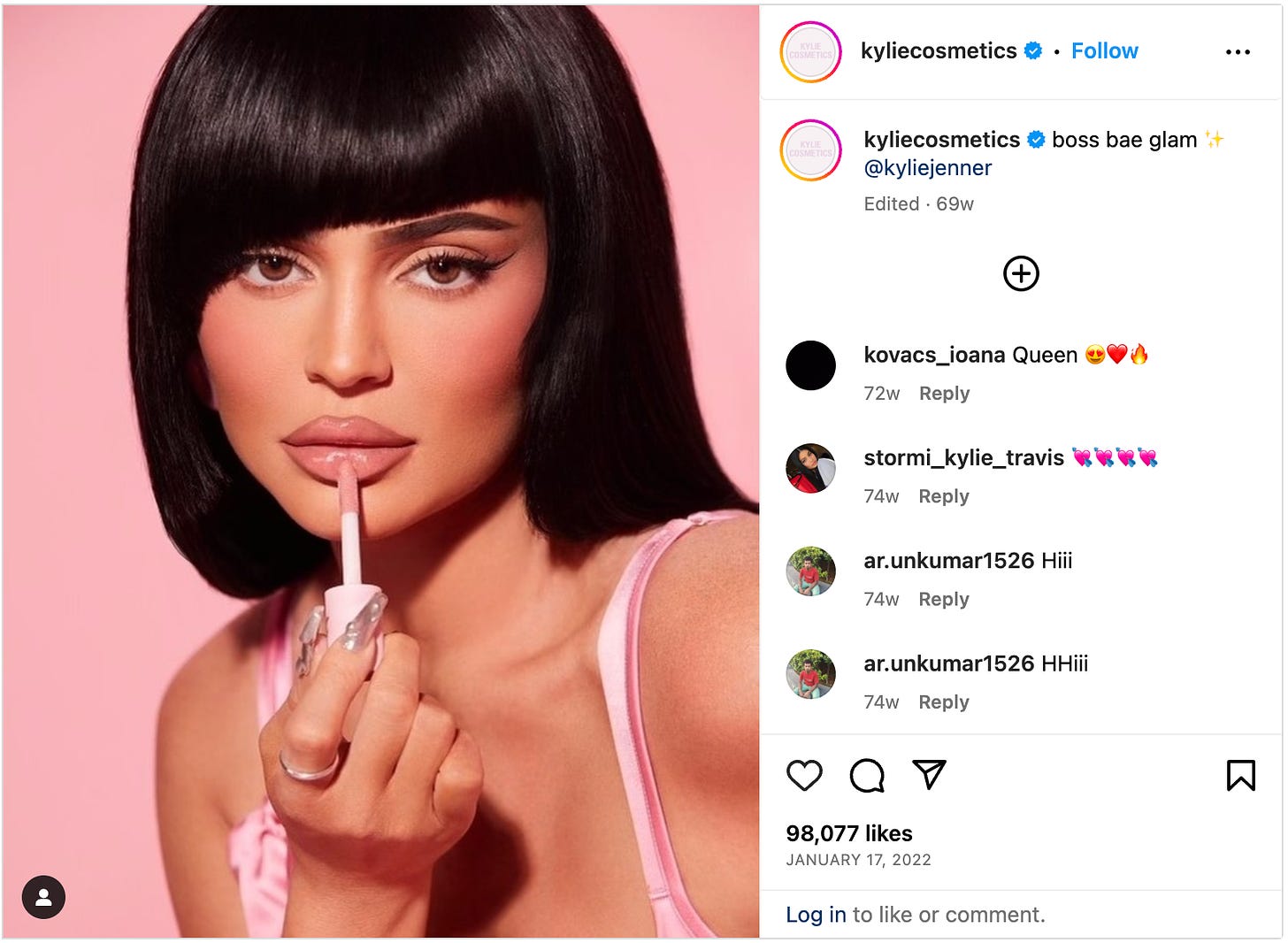Product-led growth has blurred the line between B2B and B2C channels. Previously, B2B companies focused primarily on a combination of LinkedIn, events, and content syndication. Now, they are more comfortable advertising on platforms like YouTube and TikTok.
(Interestingly, the reverse is also happening. I've noticed several eCommerce ads on LinkedIn lately 🤯)
One B2C channel that's gaining traction in B2B is influencer marketing. Formerly a domain reserved for cosmetics companies, it's now a trending channel for all kinds of B2B companies, particularly those focused on developers.
Why specifically developer-focused companies? Because there's a thriving influencer scene in this particular category.
Some of the big names in this category are:
Fireship (2.25M subscribers)
NetworkChuck (3.12M subscribers)
TechWorld with Nana (855K subscribers)
And there are many - MANY - more
For the past 18 months, I've been running influencer campaigns for Datree, a DevOps tool that prevents misconfigurations in Kubernetes. Here are some lessons I've learned in that process.
(⬆️ Not a developer influencer)
Paid distribution is key
You cannot rely solely on the influencers’ organic reach.
That’s especially so if you work in a very niche field such as Kubernetes or ML Ops. In those fields, you are lucky to find influencers with more than 10,000 subscribers, and even in those cases, the organic impact won’t last for long.
The solution? Paid distribution.
There are three major types of collaborations you can have with developer influencers:
Dedicated videos: In-depth tutorials about your product. Typically ~20 minutes long with extensive explanations.
Sponsorships: Ads that appear during the video, where the influencer thanks the company for its sponsorship and shares some information about it.
Product placements: Similar to sponsorships, except the influencer actually uses your product during the video.
Sponsorships and product placements can often reach a wider audience organically, but the beauty of dedicated videos is that they are highly distributable: You can create in-feed ads for them, make trailers out of them, and use them in email campaigns.
That way, you take an influencer with an organic reach of 10,000 users, and extend it to millions of users.
Something to keep in mind: You only get one shot per product. Influencers' priority is keeping their viewers engaged, and they won't create multiple dedicated videos for the same product. So don’t ask your influencers to create a dedicated video if you think you may need to significantly change it in a month or two. An MVP is not good enough in these cases.
Choose your influencers wisely
The number one mistake I see developer-focused brands making with influencer marketing is getting excited by influencers with a large number of subscribers, without qualifying the quality of those subscribers.
For most startups, an influencer with 5000 subscribers who are all senior platform engineers is much more valuable than an influencer with 250,000 subscribers who are all engineering students.
So, when considering working with an influencer, make sure to ask yourself:
Are their videos about topics that interest my target audience?
If someone publishes a lot of content about react vs angular, they're probably not a good fit for your DevOps tool.Are their videos for beginner or advanced users?
If someone only publishes introductions to general topics (“Getting Started with Open AI’s API”), they're probably not the best place to advertise a vector DB to be used by senior ML engineers in enterprises.Do their subscribers communicate like my target audience?
Visit the comments section: Do you see serious discussions about different technologies, or generic “thank you” notes and confused comments from students?
Influencers are not vendors, but you still need to manage them
When working with developer influencers, you need to keep in mind that these are often very experienced engineers who make a lot of money in their day-job, and they won’t work with you if they don’t like you or your product.
Think of them not as vendors but as partners. You cannot give them briefs and expect them to execute, but you need to trust them to communicate your product in a manner that suits their audience.
And yet - you need to manage them.
Once, at Datree, we made a significant shift in positioning. We went from presenting Datree as a simple CLI tool to shift-left Kubernetes policy validation, to presenting it as a policy enforcement solution for your Kubernetes clusters.
Naturally, this required modifying all our assets, including influencer ads. We held calls with all our influencers, briefed them on our new messaging, and ensured they understood the change.
And guess what? Several weeks later, new ads were launched, featuring the CLI tool.
💀
This taught us an important lesson about influencers: they're not vendors, but you still have to make sure they deliver. You want to maintain a good relationship, but you can't afford to give up on stuff like ad reviews and approval workflows.
That’s the complicated part about influencer marketing: Managing the relationships.





That's super interesting, thanks! I wonder how you would measure the success and CAC of these campaigns. Any tips?